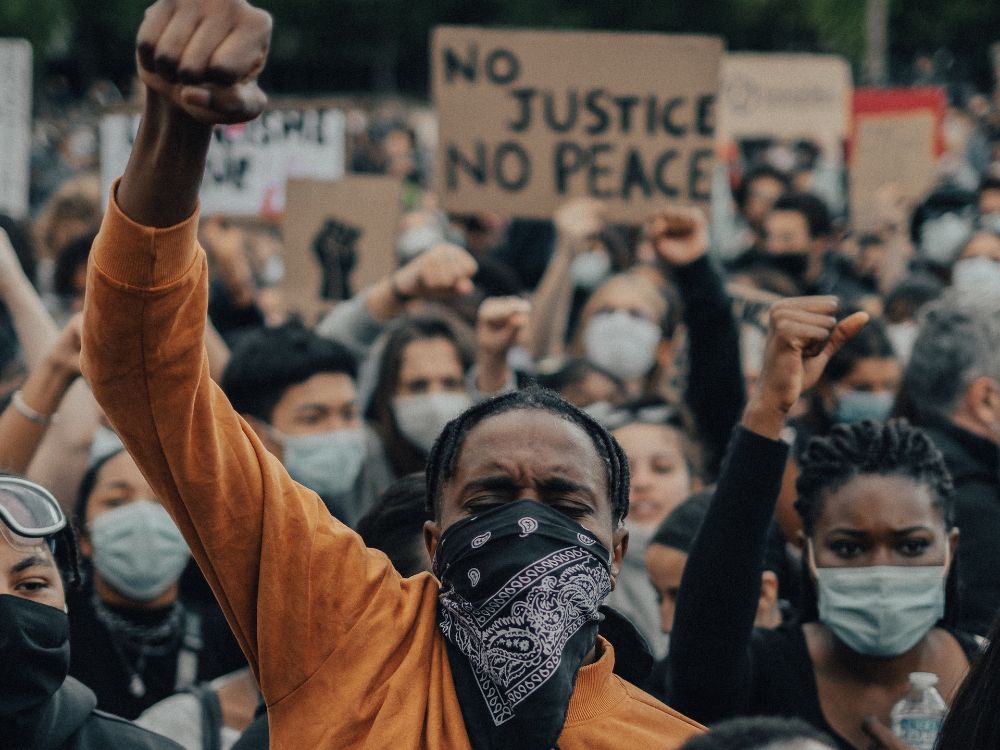Women’s Equality Day is observed annually on August 26 in the United States to commemorate the 19th Amendment to the U.S. Constitution, which granted women the right to vote in 1920. This day is a symbol of the long struggle for gender equality, recognizing the efforts of women’s rights activists and emphasizing the ongoing fight for equal rights.
History and Significance
- The day serves as a reminder of the struggles women have faced in achieving legal and social equality and highlights issues that still need attention, such as equal pay, reproductive rights, and gender-based violence.
- In 1920, after decades of activism by suffragists like Susan B. Anthony, Elizabeth Cady Stanton, and Alice Paul, the 19th Amendment was ratified, legally prohibiting gender-based voting discrimination.
- In 1971, the U.S. Congress officially declared August 26 as Women’s Equality Day to honor this landmark achievement.
How Is Women’s Equality Day Celebrated?
- Awareness Campaigns: Organizations and activists hold events to discuss gender equality, women’s rights, and workplace discrimination.
- Educational Programs: Schools and colleges conduct seminars about women’s contributions to society and the need for continued progress.
- Policy Advocacy: Women’s rights groups use this day to push for laws addressing gender disparities in employment, education, and healthcare.
- Community Engagement: People participate in marches, panel discussions, and social media campaigns using hashtags like #WomensEqualityDay to spread awareness.
How Women’s Equality Day Marks the Right to Vote in America
Women’s Equality Day (August 26) specifically commemorates the passage of the 19th Amendment to the U.S. Constitution, which granted American women the right to vote. This was a historic moment in the women’s suffrage movement, which had been fighting for voting rights for over 70 years.
The Fight for Women’s Voting Rights in the U.S.
The road to securing voting rights for women in the U.S. was long and filled with obstacles. Here’s a breakdown of the key events that led to Women’s Equality Day:
1. Early Efforts for Women’s Suffrage (1800s)
- Women had little to no political power in the 19th century.
- The Seneca Falls Convention (1848), led by Elizabeth Cady Stanton and Lucretia Mott, was the first formal call for women’s voting rights.
- The National Woman Suffrage Association (NWSA) was formed in 1869 by Susan B. Anthony and Elizabeth Cady Stanton to push for a constitutional amendment.
2. Struggles and Resistance (Late 1800s – Early 1900s)
- Many states and political leaders opposed giving women voting rights.
- Women activists faced arrests, harassment, and violence while protesting.
- Suffragists like Alice Paul and Lucy Burns organized hunger strikes and marches.
3. The Turning Point: The 19th Amendment (1920)
- After years of activism, Congress passed the 19th Amendment on June 4, 1919.
- It was ratified on August 18, 1920, after Tennessee became the final state needed to approve it.
- On August 26, 1920, the amendment was officially added to the U.S. Constitution, giving American women the right to vote.
4. The Establishment of Women’s Equality Day (1971)
- Congresswoman Bella Abzug proposed making August 26 “Women’s Equality Day” to honor the fight for women’s suffrage.
- The U.S. Congress approved it in 1971, recognizing the struggles and achievements of women in securing the right to vote.
Why Women’s Equality Day Still Matters Today
While the 19th Amendment was a major victory, voting rights were still not accessible to all women, particularly Black, Native American, and Asian women, who faced racial discrimination, literacy tests, and other barriers.
- The Voting Rights Act of 1965 finally ensured equal voting rights for all women, regardless of race.
- Today, Women’s Equality Day also highlights ongoing issues like:
- Gender pay gaps
- Workplace discrimination
- Women’s leadership in politics
Women’s Equality Day (August 26) is not just about celebrating the past but also about continuing the fight for full gender equality. It reminds us that the right to vote was hard-earned and should never be taken for granted.
Published by ASRS News – Stay tuned for more insights on politics, governance, and social change.











